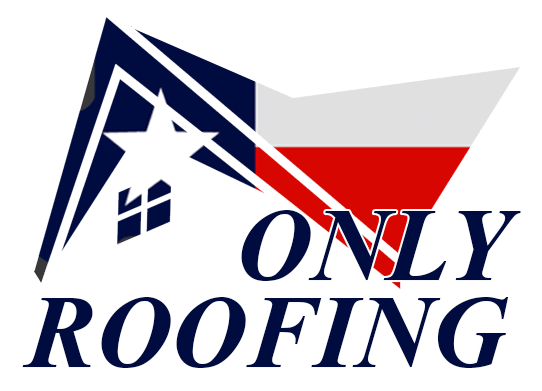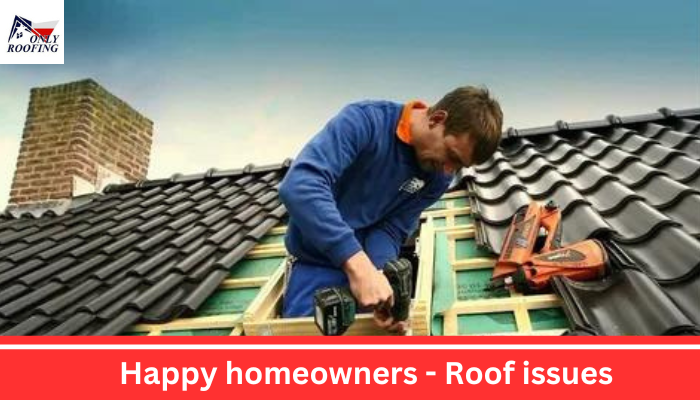Regarding construction and home improvements, relationships between builders and homeowners are founded upon trust. Happy homeowners rely on contractors to provide technical assistance and guidance in making decisions that follow their priorities, including the safety of their properties, cost efficiency, and, increasingly, impacts on the environment. Contractors must consider a broad perspective and the immediate and longer-term consequences of projects to keep their homes at the forefront.
Recent trends show a rise in homeowners’ preferences, especially among millennials, who are more likely to choose eco-friendly, sustainable solutions, even when they come at additional expenses.
Based on a study conducted by Midea, the heat pump HVAC company based out of Louisville, Ky., 76% of millennial homeowners are looking for environmentally friendly alternatives for their homes. In addition, an overwhelming 85 percent of homeowners in the millennial generation are more focused on energy efficiency than just five years ago. 83% are looking to discuss energy-efficient technological improvements with contractors. The data confirms the rising awareness of the environment among homeowners younger than them and demonstrates their dependence on contractors to favor green options that align with their objectives.
Today, millennials comprise a greater portion of happy homeowners, and the trend continues toward sustainability. It is crucial that builders stay up-to-date and aware of changing homebuyer preferences.
Contractors must expand their services to incorporate new green technologies and methods, offer advice, and develop solutions that satisfy double environmental sustainability and efficiency requirements. When they do this, they can meet homeowners’ changing demands and establish themselves as forward-thinking leaders in the building and remodeling industry. Taking a proactive approach to changing clients’ preferences will benefit them, build trust, assure long-lasting relationships, and attract new customers.
The quality of the air, as well as Shingles
To meet these changing environmental issues, the construction sector, including residential and commercial roofing, is moving towards using sustainable materials and techniques to build projects. Contractors are responsible for helping homeowners understand new environmentally friendly technologies that are available.
There are environmentally friendly roofing upgrades for shingles. A newly developed smog-reducing shingle is now on the market. These shingles incorporate 3M(tm) Smog-Reducing Granules that are actively contributing to improvements in air quality. They not only help clean the air surrounding your home but can also improve wider-reaching public health by decreasing the amount of pollutants in the atmosphere.
Some other significant improvements in the shingle industry are also worthy of mention. In particular, reflective shingles are made to reflect energy and sun away from buildings, reducing cooling costs and decreasing the heat of urban caused by the land. Furthermore, shingles made of recycled materials are becoming well-known, providing a green opportunity that reduces the amount of waste disposed into landfills.
The recommendation of modern shingle technologies for happy homeowners can address the rising need for environmentally sustainable building materials. This is an effective solution to growing issues with air quality. By educating customers about the advantages of sustainable shingles, contractors could encourage environmentally friendly ways of living while offering new products that increase the environmental impact and value of their homes.
Repair versus replace
If you live in a home with low-slope roofing systems, the conventional method of complete tear-off and replacement can be replaced with more eco-friendly, efficient, economical methods. In the event of need, contractors can help homeowners adopt environmentally friendly practices by highlighting patches or repairs instead of full roof replacements.
Following International Code Council(r) regulations, replacing roof systems usually requires the removal of all layers of roof coverings from below the roof deck. Though the rule is designed to ensure the new roofing system is built on a solid base, several layers, especially those in low slope roofs, could be in good shape and, therefore, not need to be replaced. When this happens, it is recommended to choose repair and patchwork rather than a complete tear-off, which can be a sustainable economic opportunity that will save material that could otherwise contribute to the landfill.
Additionally, applying specialized coatings to the roof can improve effectiveness and extend its life. The flashing-grade silicone roofing sealants deliver outstanding adhesive, flexibility, and endurance, especially in areas that receive a lot of precipitation. Sealants are more efficient than complete roof replacement and can contribute to the environmental sustainability of the structure by increasing energy efficiency and decreasing consumption.
By informing homeowners of options for roof replacement, contractors will help homeowners make educated decisions that balance cost, performance, and environmental impacts.
The comfort and effectiveness
Spray polyurethane foam is now the preferred option for home insulation to create high-performing, energy-efficient houses. SPF insulation is an efficient energy solution to reduce the cost of heating and cooling, increase comfort, and improve indoor air quality. It can also improve the quality of life by sealing up gaps to keep out outdoor pollution and ensuring stable temperatures indoors, reducing energy use. The contractors who recommend this innovative insulation method are supplying homes with new technology that has the potential to dramatically alter living spaces.
SPF insulation, as per its name, is sprayed through a thin layer over surfaces, such as walls, roof decks, and floor joists, when insulation is required. The coating expands and adheres to the surfaces it is applied on while filling in voids and cracks. Traditional home insulation like mineral wool batts, fiberglass, or blown-in cellulose may slide or sag over time, decreasing the efficiency of their energy use; however, SPF is firmly held and in place, offering superior long-term thermal performance. Additionally, it functions as an air barrier that closes gaps and cracks and blocks air infiltration or escape from the outside construction envelope.
The assembly is designed to maintain constant temperatures throughout the year, reducing the need for continuous heating or cooling. It also enhances indoor air quality by blocking outdoor air pollution and allergens from entering the dwelling. This efficiency reduces the load for the HVAC system and could allow it to run less energy-efficient units, further reducing the monthly energy cost and the need for HVAC repair costs.
Homebuilding regulations have been increasingly focusing on energy efficiency and long-term performance. SPF is an ideal option for insulation in new or retrofitted projects. Its compliance with stringent energy standards is a significant reason to choose it for happy homeowners and contractors who want to improve their homes’ long-term sustainability and viability.
Rainwater collection
Another opportunity that contractors may offer homeowners is implementing rainwater-collecting systems. These systems collect rainwater off rooftops. The water can later be reused to water plants, landscaping, or other outdoor purposes. By implementing such techniques, homeowners can decrease their dependence on municipal water sources, which not only reduces the cost of utilities but also saves water resources used for everyday use.
Rainwater collection systems are crucial in tackling stormwater runoff, a rising issue in urban regions. The ability to capture rainwater before it can be discharged into roads or storm drains will reduce the threat of flooding and prevent the overflowing of sewers during severe rains. Furthermore, rainwater collection systems can reduce the volume of pollution absorbed into local waters, contributing to healthier ecosystems for aquatic life. This straightforward but effective technique helps the natural environment and benefits homeowners.
Maintenance
If it’s about durable home improvements, the contractor’s role isn’t limited to repair and installation. The most crucial aspect of their services is regular roof system inspections and preventative maintenance. Not only to ensure the long-term durability of the roof but to warrant the general performance and health of the property. The contractors should stress to homeowners the importance of regularly conducting inspections to ensure they can identify potential problems earlier, such as damaged or missing shingles and obstructions to drainage systems, and fix them before they become more extensive and expensive issues.
The advantages of proactive roof maintenance are substantial. timetable inspections and roof repairs may prolong the life of your roof and prevent replacing it before the required time. Roofs that are well-maintained contribute to the structural stability of the home and, provide more protection from elements of the environment, and can result in significant savings on repair costs for water damage and the cost of electricity. It will benefit happy homeowners in staying safe and secure and decrease the use and demand for new roofing materials.
Contractors must work with homeowners to develop an individual inspection plan that takes into account the particular requirements of each roof in light of elements like the age of the roof, its material, and the typical regional climate circumstances. The coastal region or risk for severe hail, for example, requires an extra level of maintenance and regular inspections.
Strong relationships
Regular maintenance and an individualized plan of care by contractors guarantee the durability and efficiency of houses and encourage an overall commitment to sustainability. With their meticulous inspections and regular maintenance, contractors help homeowners make informed, eco-friendly, and cost-effective choices, thereby enhancing the confidence and trust that form the basis of the contractor-homeowner relationship.
Read More:
how to get mold off roof shingles

